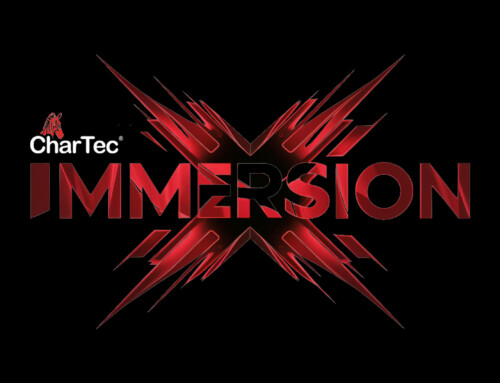Is Giving Clients Too Many Choices Working Against You?
Many Managed Service Providers use tiered systems to delineate their offerings. On the surface, it sounds like a good idea to give clients lots of choices. After all, with more options, they’re more likely to find something they need, right?
Wrong.
This is a common mistake that young MSPs make all too often. We’re going to look at why you need to drop this approach if you want to expand your client base.
Let’s shift gears for a moment. Think back to the last time you went to a restaurant you had never been to before. How big was the menu, and how long did it take you to decide what to order? How hard was it to make a final choice?
When you go to a café and there is a limited menu, you probably don’t have to think too hard about what you want. But those restaurants with 10-page menus? Ice cream shops with more than 100 flavors? It’s overwhelming. You can spend so much time trying to decide that you feel like leaving in frustration.
And when you do finally choose, you’ll be second-guessing yourself the whole time, wondering if you should have gotten something else. You won’t feel confident in your decision. And, chances are, you’ll be jealous about what someone else has on their plate. That’s just human nature.
This is what happens when you have too many offerings as an MSP. Many MSPs have their salespeople detailing a long menu of choices to clients. Perhaps you have a basic plan, an advanced plan, a superior plan, a bronze plan, a silver plan, a gold plan, and a platinum plan. As if that weren’t enough, to help clients get what they need, salespeople might start also mixing and matching and creating menus on the fly.
There are a lot of reasons why this is problematic. First, when these clients call in for tech help, the technicians might not know what is included in their plan. They won’t know which services to bill for. Not only can this take time to iron out, but it can also lead to problems when it comes to getting clients to pay. Sometimes you’ll chase non-paying clients only to learn they didn’t pay because they were billed for something they thought was included.
It’s easy to see how this can lead to frustration, confusion, and the kind of deep dissatisfaction that leads to customers walking away. But the biggest challenge of having too many offerings comes well before someone becomes a client.
Giving people too many options makes the decision-making process take longer and lowers the chance they’ll become a client in the first place.
Any time you’re selling something, your goal is to make the sales cycle as short as possible. You do not want prospective clients to have to do too many things on their end to move forward with you. You want to give your presentation and have them sign right then and there. Or at least shortly thereafter.
The problem you create is, when you give them a dozen options or more, they’ll need more time to make a decision. You’re not helping them figure out what they need; you’re just giving them the menu and leaving them alone to order.
Worse yet, they may decide to seek other opinions. Perhaps they’ll ask others within the company which option to go with. Or they could just as easily talk to tech-minded family and friends who may end up referring an MSP they know about. Then you’ve lost the sale entirely.
Make It Easy for Prospective Clients
You want to be the person guiding the prospect through the decision process. You want to tell them what they need. If they have to sort through dozens of options, they might just keep putting it off and end up doing nothing.
At CharTec, we teach MSPs to only present two main offerings. One is for companies that have in-house IT roles or departments and is meant to cover things they cannot do efficiently. The other is for those who don’t have anyone doing IT internally. The choice for each client is clear. They don’t have to think too hard about it. This means they have less time to change their mind about signing that three-year agreement.
There’s a famous study involving jam at a gourmet grocery store in California. Researchers set up a booth offering shoppers samples of jam. Sometimes they offered 6 flavors; sometimes they offered 24. Although more customers stopped to try the jam when presented with 24 options, only 3 percent actually purchased a jar. Fewer people stopped to try jam when presented with the smaller assortment, but an incredible 30 percent of them went on to buy jam!
In theory, the idea of having lots of choices sounds nice, but you don’t want to give your prospective clients choice paralysis. Create a handful of well-rounded offerings and guide them toward what’s right for them. When you make the decision easy for them, they’re far more likely to become clients.
Refining your offerings is just one of the aspects of success we discuss at our Virtual Academy. Sign up for our streaming Virtual Academy or learn from our industry leaders at Academy Pre-Day for more valuable advice on closing those deals!







Leave A Comment